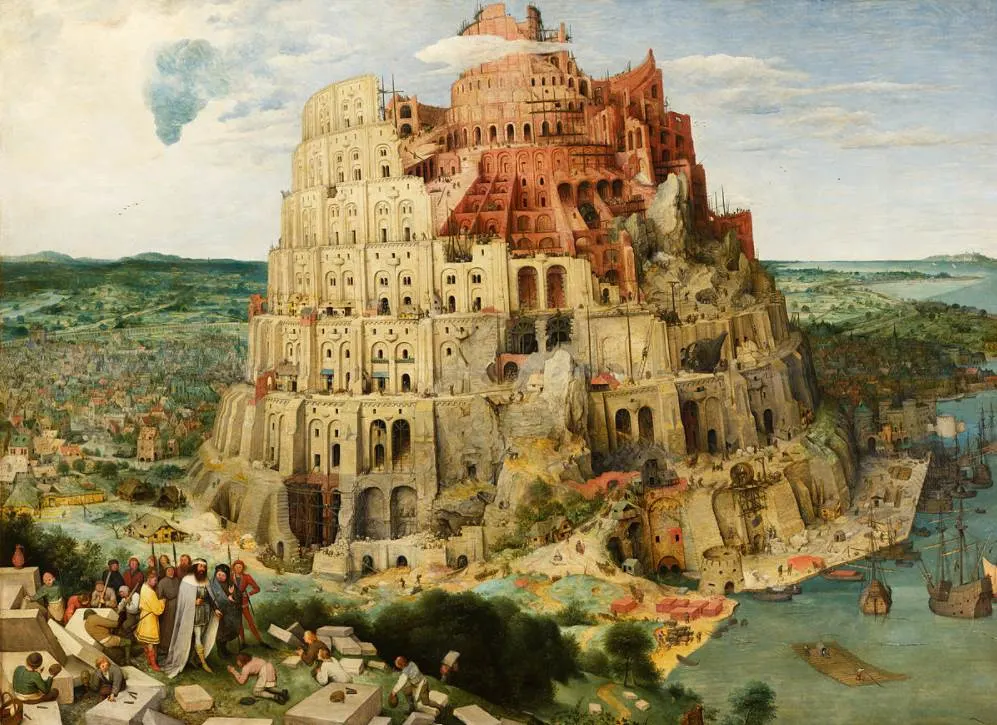The Kunsthistorisches Museum in Vienna is one of those museums that you could visit even if there wasn’t a world-class collection of fine art housed inside of it.
The building in which this so-called “Museum of Fine Arts” is housed was one of the multiple immense projects built in the 19th century along the newly constructed Ringstrasse, the ring road that encircles the historical heart of Austria’s capital.
Equally remarkable is that an identical palatial structure is located right across the Maria-Theresien-Platz which houses the Natural History Museum, one of the most important of its kind in the world.
Most of the artworks were originally part of the immense collection of art amassed by the Habsburg rulers. In this article, you’ll discover some of the most famous artworks that you can admire at the Kunsthistorisches Museum.
1. The Art of Painting – Johannes Vermeer
- Date created: 1666-1668
- Dimensions: 120 × 100 centimeters (47 × 39 inches)
The Art of Painting is also known as “The Allegory of Painting,” a reference to the fact that Johannes Vermeer (1632-1675) depicted himself behind a screen as he was working on one of his masterpieces.
The viewer is allowed to take a look at the Baroque artist in his studio as he is working on painting one of his models. Vermeer is known for his delicate little works full of details and this work is considered to be one of his most ambitious ones.
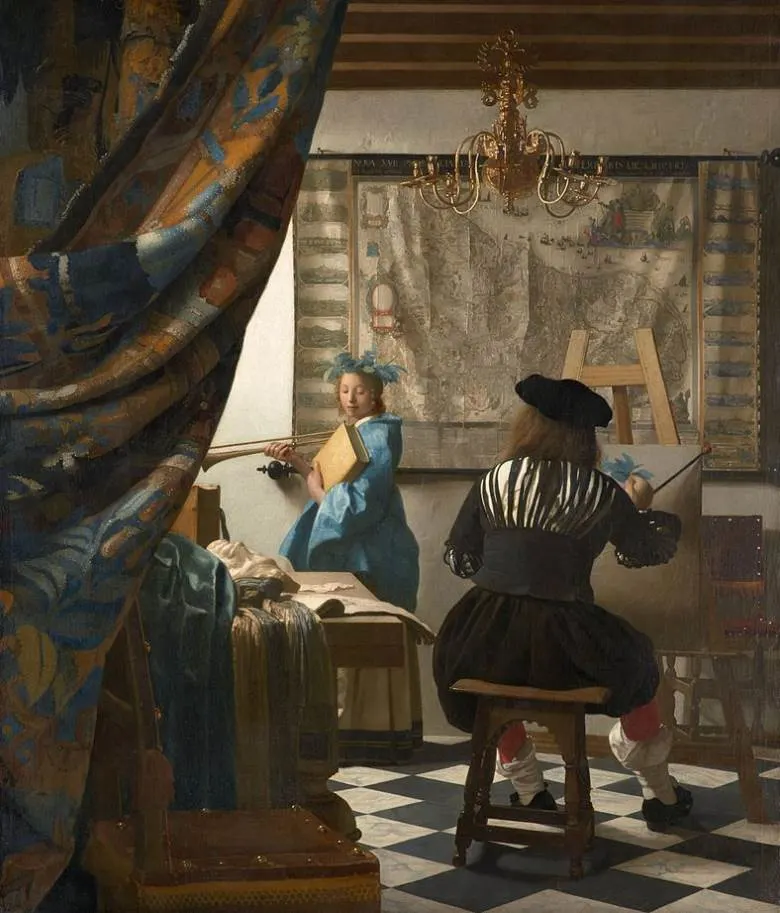
2. Cellini Salt Cellar – Benvenuto Cellini
- Date created: 1543
- Dimensions: 26 × 33.5 centimeters (10 × 13.2 inches)
The Cellini Salt Cellar is one of the most fascinating artworks in the collection of the Kunsthistorisches Museum for several reasons. It’s the only gold sculpture by Cellini that can be positively attributed to the Mannerist artist.
This small work of art is also far more intriguing than it initially looks as it can be described as a representation of the entire cosmos. The level of detail included by Benvenuto Cellini (1500-1571) and the fact that it was once stolen in the early 2000s make this a priceless object in the museum’s collection.

3. Susanna and the Elders – Tintoretto
- Date created: 1555-1556
- Dimensions: 146 × 194 centimeters (4.95 × 6.42 feet)
Susanna and the Elders is a painting by Tintoretto, one of the leading artists of the Venetian School of the 16th century. It depicts the popular Biblical story of Susanna being harrassed by two elderly men who subsequently accuse her of adultery.

We can see the two old men hiding behind a bush of roses before they make their move. Jacopo Robusti (1518-1594) was known for creating monumental works of art and although this work isn’t small by any means, it emphasizes the immense skills of the artist.

4. Madonna of the Meadow – Raphael
- Date created: 1505-1506
- Dimensions: 113 × 88 centimeters (44 × 35 inches)
The Madonna in the Meadow is also referred to as “Madonna del Prato” and is one of the multiple paintings by Raphael that depicts the Virgin Mary. It was produced when Raffaello Sanzio (1483-1520) was just 23 years old and shortly after the Renaissance artist arrived in Florence.
Yet another alternative name for the painting is the “Madonna del Belvedere,” a reference to the location it hung for an extended period, the Belvedere Palace in Vienna. The painting resembles “Madonna of the Goldfinch,” a painting on display at the Uffizi Gallery in Florence.
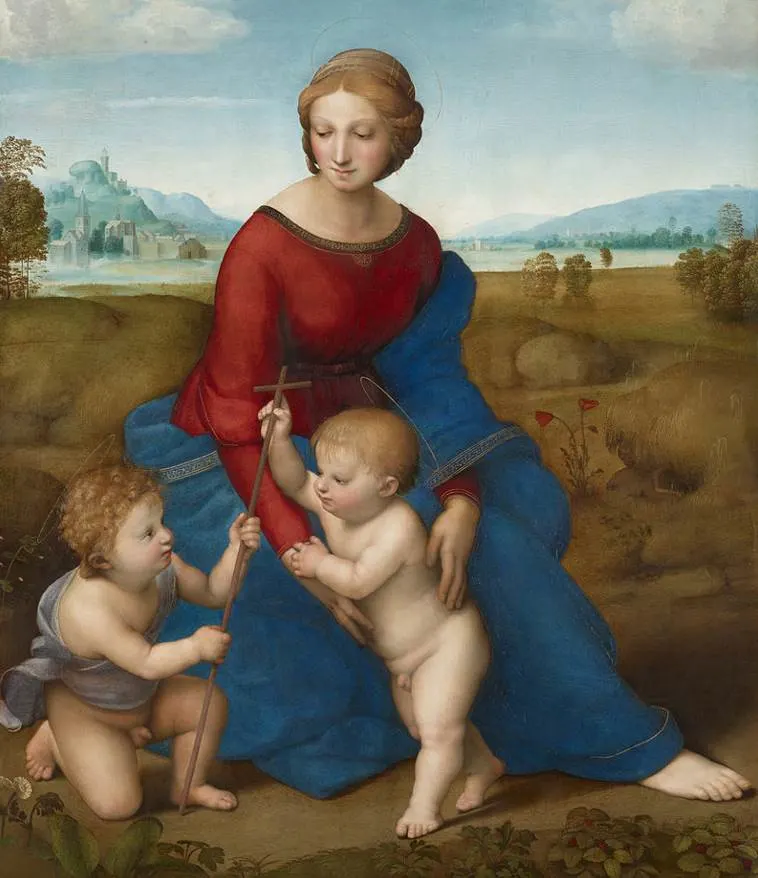
5. Children’s Games – Pieter Bruegel the Elder
- Date created: 1560
- Dimensions: 118 × 161 centimeters (46 × 63 inches)
Children’s Games was probably intended to become a series of paintings referring to the “Ages of Man,” in which this one would have been the first. The famous Flemish artist of the northern Renaissance Pieter Bruegel the Elder, never managed to complete the series.
This incredible work of art depicts at least 80 children’s games that have been positively identified. Every section of the painting is occupied by children that range in age from toddlers to adolescents, even the buildings.
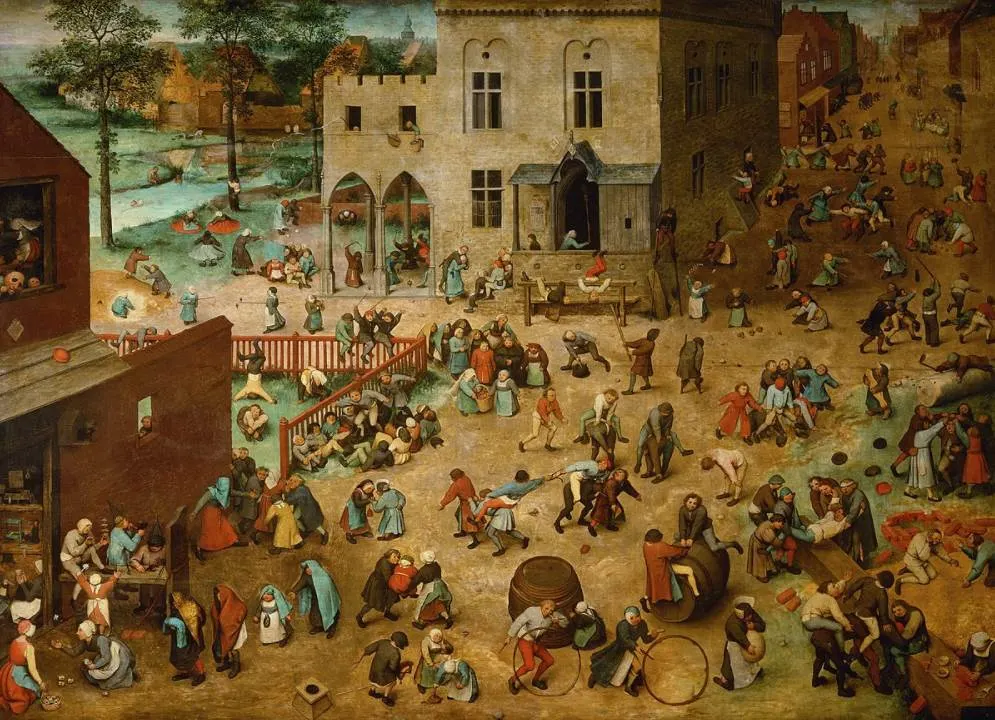
6. The Feast of Venus – Peter Paul Rubens
- Date created: 1535-1536
- Dimensions: 217 × 350 centimeters (85 × 140 inches)
The Feast of Venus is an overly dramatic depiction of an ancient Roman festival named Veneralia which was held in honor of Venus Verticordia. It was painted in the typical Baroque style of Flemish artist Peter Paul Rubens (1577-1640).
This Rubens painting was inspired by a Titian painting called “The Worship of Venus.” It’s one of the many paintings that the artist produced for his private collection during the final years of his life. Ruben’s young wife served as a model for the female figures in this work.

7. Infanta Margarita Teresa in a Blue Dress – Diego Velázquez
- Date created: 1659
- Dimensions: 127 × 107 centimeters (50 × 42 inches)
Infanta Margarita Teresa in a Blue Dress is a portrait of a young member of the Spanish Royal family referred to as “Margaret Theresa of Spain” (1651-1653). She was the daughter of King Philip IV of Spain, the employer of the famous Spanish artist of the Baroque era, Diego Velázquez (1599-1660).
The little girl is also the one appearing in the most famous painting by Velázquez called “Las Meninas” (1656). Both that enigmatic painting and this remarkable portrait were painted during the final years of the artist’s life.

8. The Crowning with Thorns – Caravaggio
- Date created: 1602-1604 or 1607
- Dimensions: 127 × 165.5 centimeters (50 × 65.2 inches)
The Crowning of Thorns is a painting by Caravaggio, a man who was named Michelangelo Merisi (1571-1610). It was painted in the typical tenebrist style that made the Italian artist one of the most sought-after painters of the early 17th century.
It remains unclear when he produced this work as it has been dated to his period in Rome between 1602 and 1604 but also to when the troubled was on the run and lived in Naples in 1607. Was is certain is that it depicts Jesus Christ being forced on a crown of thorns just before his crucifixion.
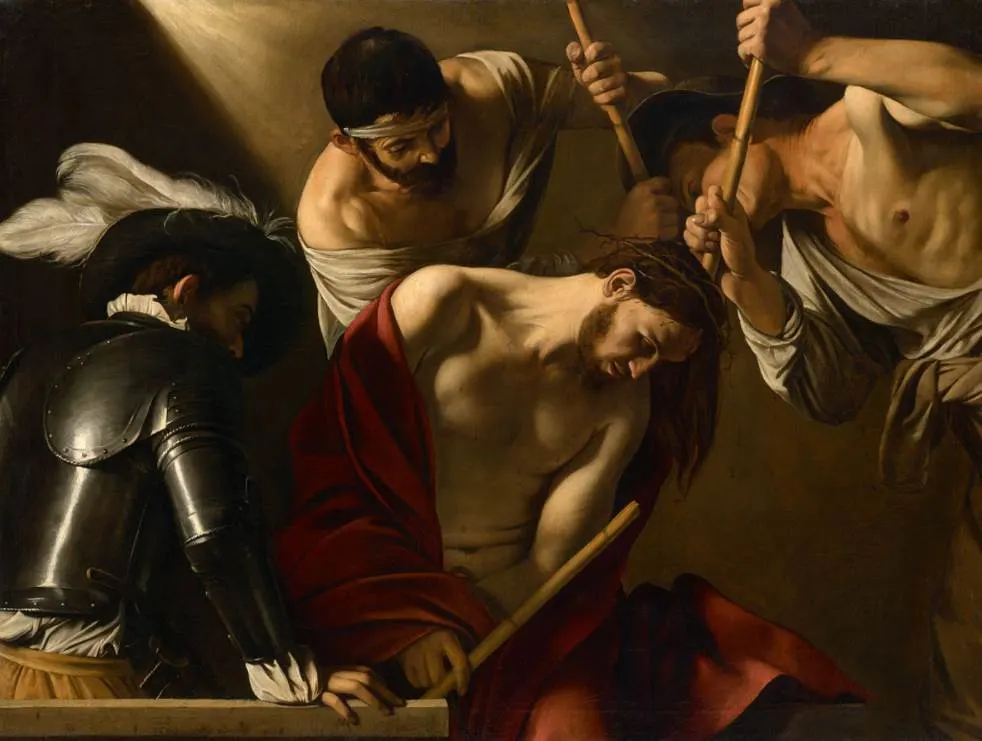
9. Theseus Defeats the Centaur – Antonio Canova
- Date created: 1804-1819
- Dimensions: 340 centimeters (133.85 inches)
Theseus Defeats the Centaur is a sculpture by Canova that depicts Theseus as he is about to slay the minotaur according to the Greek myth. It’s located at the grand staircase of the Kunsthistorisches Museum.
Antonio Canova (1757-1822) created an earlier version called Theseus and the Minotaur which he completed between 1781 and 1782. This version depicts the moment that Theseus takes a swing while the other version depicts him after he defeated the creature.
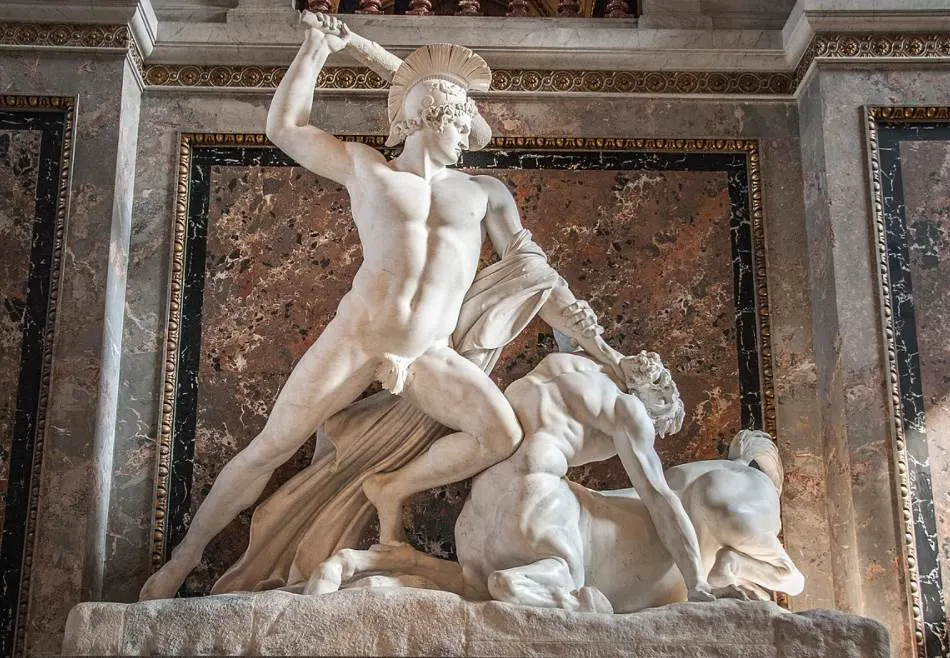
10. The Tower of Babel – Pieter Brueghel the Elder
- Date created: 1563
- Dimensions: 114 × 155 centimeters (45 × 61 inches)
The Tower of Babel is the name of 3 artworks produced by Pieter Brueghel the Elder. He created a miniature while living in Rome but this has been lost. The two extant works are oil paintings referred to as the Great and Little Tower of Babel.
The Great Tower of Babel is the artwork at the Kunsthistorisches Museum while the Littel Tower of Babel is in the collection of Museum Boijmans Van Beuningen in Rotterdam. These incredible works of art depict the construction of the Tower of Babel as explained in the Book of Genesis.
